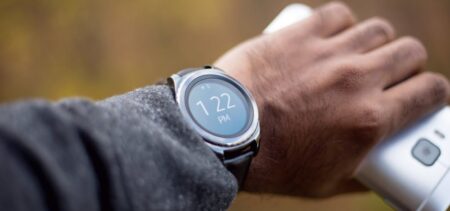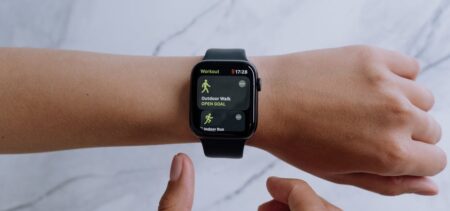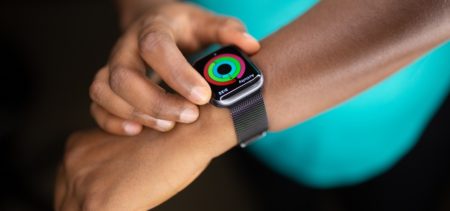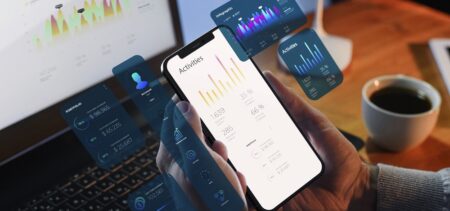Building on the “drudge” meaning of “drone”, the more recent employment of the term corporate drones often stands for a corporate employee lacking any individual personality and opinion.
Think again – the term is about to redefine itself along with the massive surge of drone usage in enterprises. Some of the technology’s main voices envisage an enterprise context for corporate drones usage that might even surpass wearables.
Compared to the computers’ potential right before the browsers’ apparition, the corporate drones’ future mainly resides in data collection. The future of data collection in various types of activity might start here. Drones in farming, in construction businesses, in civil monitoring and surveillance – the commercial use of drones open up so many possibilities that regulations have a real challenge ahead.
The buzz on corporate drones
These amazing pieces of technology, also known as unmanned aerial vehicles (UAVs), have been mainly used in the military sector so far. Delivery commercial drones are famous since Amazon decided to use them for shipping. On July 17 the first FAA-approved drone delivery took place in the U.S.
The Flirtey startup successfully dropped medicine to a Remote Area Medical pop-up clinic from Wise County, Virginia. Flirtey is conducting lawful deliveries-by-drone for a while in New Zealand and entitles itself “the world’s first autonomous aerial delivery company”.
NZ drone makers have now set on conquering the Hollywood industry. Having established their reputation with productions like Twilight or Dr.Who, that used drones in production, the drones’ developers announced their intentions in July 2015.
Claims for a movie industry drone boom are to confirm in the near future.
How about the less spectacular, but equally full of potential, data collecting drones?
Sony and the Japanese robotics company ZMP unveiled their collaborative plans for the future.
ZMP’s technologies will blend with Sony’s in the joint venture named Aeerosense Inc., which is meant to be a push into IoT. Their slogan is “Robot of Everything”. The declared goal is to develop UAV solutions for “image capture combined with cloud-based data processing.”
Enterprise applications are endless. Way beyond toy drones, which are already a success, UAVs can be used in civil public safety, first response actions, monitoring, measuring, communications range extension, stockpile assessment and roofing, and so on.
An ABI Research study estimated a $5.1 billion drone market by 2019.
Another study by the AUVSI predicts a $82 billion market and over 100,000 drone created jobs by 2025.
Tendencies related to corporate drones
Some of the low-end vendors move upstream as this sector is preparing for an expected massive expansion. Different industry sectors may innovate in various ways in what regards the possible drone usage. Industrial operators have used drones in infrastructure inspections and specific parameters monitoring. Defense contractors, on the other side, are re-orientating themselves towards less-expensive UAVs for the civil public safety and calamity response.
Google and Amazon both announced drones testing and usage plans. Delivery drones still require solving the package dropping and the difficult-environment dropping challenges.
Agriculture is also a particular drone engagement area, since the FAA regulations don’t apply on privately owned lands.
Partnerships are forging in view of integrating drone-collected data into software analysis platforms, all aiming at a better crop investment strategy. Agricultural drones can bring in a lot of information using video and audio captures, thermal sensors, humidity measurement gadgets or chemical analysis sensors. Since drone usage was possible here for a while, the present challenges consist in finding the best way of processing the collected data.
Regulations
The most likely way to go is the “drone as a service”. This takes us straight into the core of the main drone issue. New regulations have to be established for enterprise drones to fully manifest their potential. Someone has to carry the responsibility for operating the drones. The terms of that responsibility are yet to be discussed. FAA’s deadline is September 2015.
A number of proposed rules are already out for public discussion, and these rules look rather strict.
The bottom line is that actual provisions keep the drone usage limited and in the line-of-sight of its operator.
Amazon’s recent proposal, launched during an industry conference in Silicon Valley, tries to change that. It aims at highly automated flight permission that is essential for Amazon’s Prime Air project. Brian Wynne, the president of the Association of Unmanned Vehicle System, appreciated the proposal in view of the need for FAA and UAVs operators to reach an agreement as soon as possible.
Meanwhile, although not yet corporate adopted, the drone technology is making its way into public acceptance. Drone toys, drone deliveries (yet at the beginning), drone farming, drone filming – all are already here legally.
Outside the law, an estimate talks about some 2,000 to 3,000 illegal operators. This represents an economic activity of $200 million to $350 million only in the United States.















































